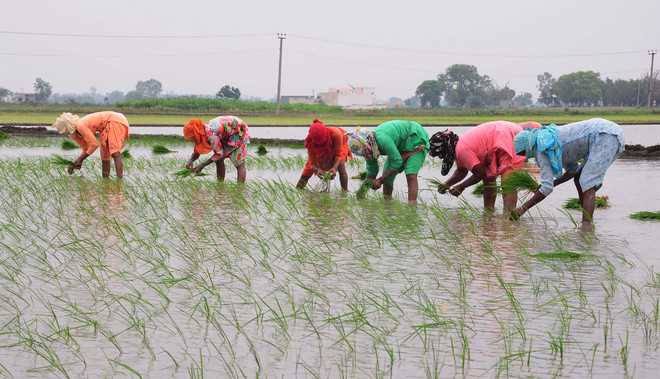Paddy sowing in Punjab from June 10, state divided into 4 zones
Chandigarh: Paddy sowing in Punjab will begin from June 10. In order to avoid any problem of power supply or any other kind, the government has divided the state into 4 zones so that electricity can be supplied for 8 hours per day for sowing of paddy and 4 hours per day for preparing seedlings.
Chief Minister Bhagwant Mann released a video message to the people of Punjab. He said that the scheme was successful last year, in view of that, this time punjab has been divided into four parts for sowing paddy again.
The chief minister said that first of all, the sowing of paddy in the fields across the wire on the border would start from June 10. Power supply will be provided during the day to those cultivating on the border. Due to the security arrangements at the border, the farmers had to face various problems at night. Therefore, the Punjab government will provide electricity during the day for sowing of paddy.
The second zone will start from June 16.
At that time, paddy will be sown in seven districts of Punjab namely Ferozepur, Faridkot, Pathankot, Fatehgarh Sahib, Gurdaspur, Shaheed Bhagat Singh Nagar and Tarn Taran. During this time, canal water will be provided along with the supply of electricity. The third zone will start from June 19. These include Rupnagar, Ropar, Mohali, Kapurthala, Ludhiana, Fazilka, Bathinda and Amritsar.
The fourth zone will start from June 21. At that time, paddy will be sown in Patiala, Jalandhar, Muktsar, Hoshiarpur, Sangrur, Malerkotla, Barnala and Mansa. At the time of sowing of paddy, farmers will be given 8 hours of electricity without any hindrance, while before that, 4 hours of electricity will be supplied daily for planting seedlings and vegetables.
This supply will be given periodically from 5 am to 9 am and from 6 pm to 10 pm. The Chief Minister appealed to the farmers to refrain from the paddy variety Pusa 144 during paddy sowing. He said that this variety takes more than 150 days, which also increases the consumption of water and electricity.


